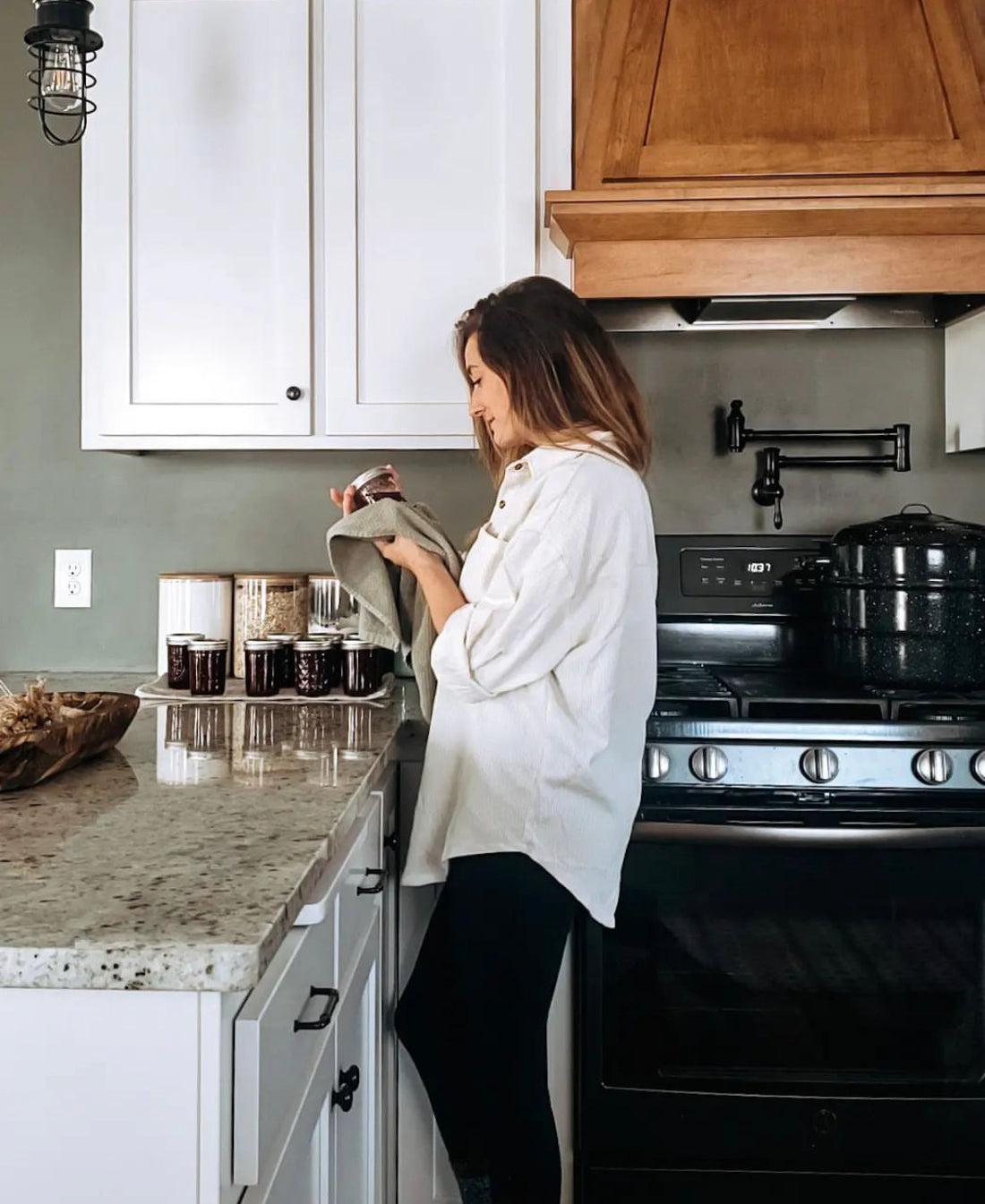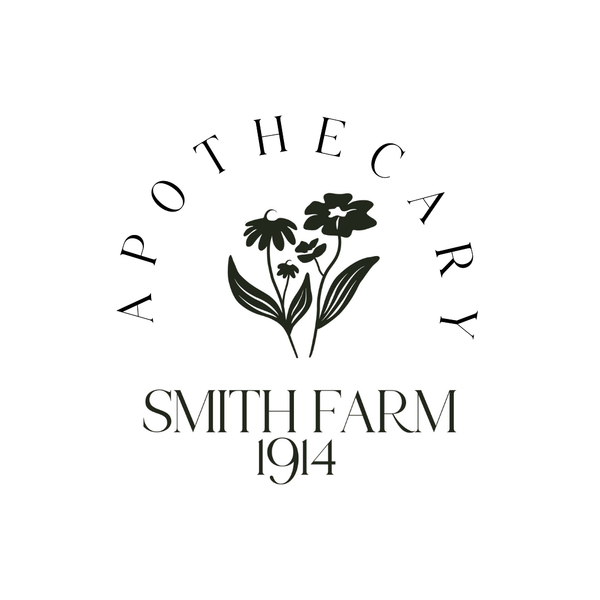
Three Layer Food System For at Home Food Security
Share
I remember vividly walking into the grocery store in the beginning of 2020, with my newborn son in tow. Walking down the aisles and feeling a surge of serious panic as I looked at the empty shelves.
I came home immediately with hardly anything in my cart, and told my husband about what I saw in the store. Panic was rising in my throat as I talked. He calmly reassured me we would be just fine, and reminded me of our food in our home.
Obviously everything was fine, but that year brought so much worry, and thought processing into our home, like it did for so many others. It got Jeremy and I to take our food storage system a bit more serious.
With a bit of research we found that it takes approximately less than 12 hours for a store to be pretty cleared of items off their shelves when a disaster hits and people were stocking up. (example; hurricane, blizzard, pandemic, storms) As well as most American people would be able to survive a mere 28 days with the food in their home. It made us view our inventory pretty differently.
We, like many others, have a system that’s broken down into three layers
Layer 1: Kitchen Layer
This layer is the easiest layer, and obviously the layer most people have at all times. This is food with a shorter shelf life, and generally consists of the food you eat on a daily basis. Items that you generally have to replenish within a week or so’s time. Including: fruits, vegetables, snacks, noodles, all things in your fridge/freezer and kitchen cupboards that you eat on a weekly basis, such as sauces, some canned goods, and of course stables for making daily meals.
Layer 2: Short Term Layer
This layer is what I consider the first layer to prepping. The items in this layer generally won’t last longer than six months to a year worth of time. This includes items in your freezer, or canned goods, or preserved food. This layer also helps replenish your first layer. It’s extremely handy to have so you don’t have to run to the store over every little thing. My short term layer consists of all the items in our big freezer like meats, frozen vegetables, some noodles, rice, preserved/canned foods, like diced tomatoes, sauces, jams, stews, ect. As well as the basics to be able to cook from scratch such as; salt, flours, rice, beans, oils, vinegars. These items are on standby when my kitchen layer depletes, or incase of an emergency.
I recommend buying this layer slowly, as well as the third layer. When I started out buying this layer, if I was picking up a bag of flour, I would buy two, every once in a while. I didn’t go out and just buy an entire year’s worth of short term layer products. Being budget friendly, slowly building this layer is important and sustainable.

Layer 3: Long Term Layer
This layer is what I call my emergency, or back up layer. This is my layer that would help me get through any sort of emergency that has happened whether it be a world event, job loss, or weather. It would include your necessities such as; rice, flour, beans, noodles, oats, grains, and more.
When stored properly, this layer of dry goods can last from 10-30 years depending on what’s packaged. This is where mylar bags come in, these bags are not only made of the highest quality BPA free food grade materials, but they are cost effective and give you less to worry about when it comes to food storage done right. Mylar bags with oxygen absorbers, keep your food fresh by blocking light, keeping food air tight, and don’t let moisture in, all three of those factors are major contributors to your food going bad faster.
Below is a chart to correlate oxygen absorbers to pounds of food.

When it comes to prepping these layers, it’s not something that happens overnight, they are things that need to be budget friendly and happen over time. You need to see what your family would need or run out of quickly that stores well over time. It’s so important to make sure what is in these layers are items you would actually eat. Don’t buy food you know you won’t eat as it would truly be a waste of money. But when done correctly it could ultimately save you money in the long run. My short term layer has provided me with things as I have watched inflation skyrocket butter, flour, and other goods.
Start out by just building layers 1 and 2. After you feel established there, then move to layer 3. If you’re looking to start your long term food storage, the mylar bags from Wallaby goods have personally given me less to worry about when it comes to long term food storage done right, giving you all that you would need in perfect bundles, including the appropriate amount off cc’s for the size of bag.
All in all it’s never anxiety ridden for our family to have layers of food, it’s a means of necessity. We are a growing family of 5 and costs of goods are only getting more expensive. Preparing makes sense for our home especially with how much flour and staples we go through.

Freshly canned jam for our short term layer
